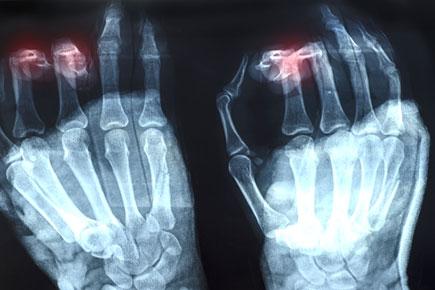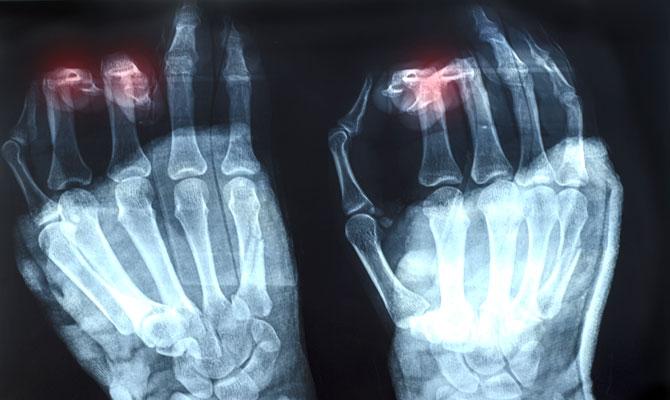Development of obesity and Type-2 diabetes negatively affect bone structure, formation and strength over time, thereby increasing bone fracture risk, says a new study

Bone fracture, obesity, diabetes
New York: Development of obesity and Type-2 diabetes negatively affect bone structure, formation and strength over time, thereby increasing bone fracture risk, says a new study.
The researchers also found that exercise can not only only prevent weight gain and diabetes but also increase bone strength.
ADVERTISEMENT

Representational picture
"Researchers once thought obesity was protective of bone because with more body mass, individuals have more bone mass; more bone mass typically decreases risk of osteoporosis and associated fractures," said Pam Hinton, associate professor at University of Missouri in the US.
"What we have come to realise is that the bone of people with obesity and Type-2 diabetes is not good, quality bone. These individuals have an increased risk of fractures, so that extra body weight is not protective," Hinton noted.
For the study, the researchers allowed one group of the rats to overeat and voluntarily exercise on running wheels. Another group of rats programmed to overeat remained sedentary.
The researchers also had a control group of non-overeating rats that remained sedentary.
They studied bones from rats in the three groups at different ages to determine how early in the development of obesity and diabetes the bone was affected negatively.
"As the rats continued to grow, all groups increased their bone mass, but the rats that were obese and sedentary did not accumulate as much bone mass relative to their body weight," Hinton said.
"So, decreased bone formation, loss of bone mass and decreased bone strength all were present in the obese, diabetic, sedentary rats. However, the rats that exercised did not lose bone strength. In fact, the rats that ran on the wheels had stronger bones than the normal-weight controls," Hinton explained.
The animals in the exercise group did not develop the same insulin resistance and diabetes, which might explain why the bones of the exercising rats were healthier, Hinton said.
The findings appeared in the journal Metabolism.
 Subscribe today by clicking the link and stay updated with the latest news!" Click here!
Subscribe today by clicking the link and stay updated with the latest news!" Click here!







